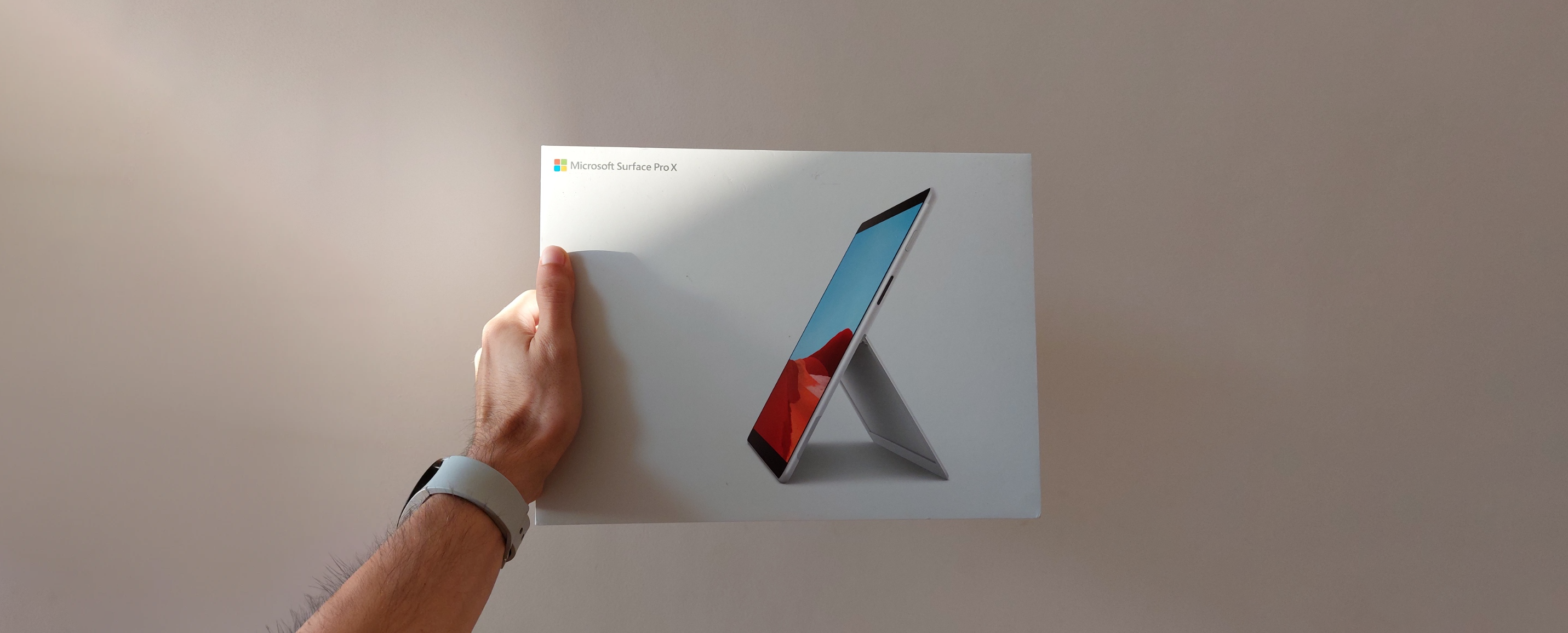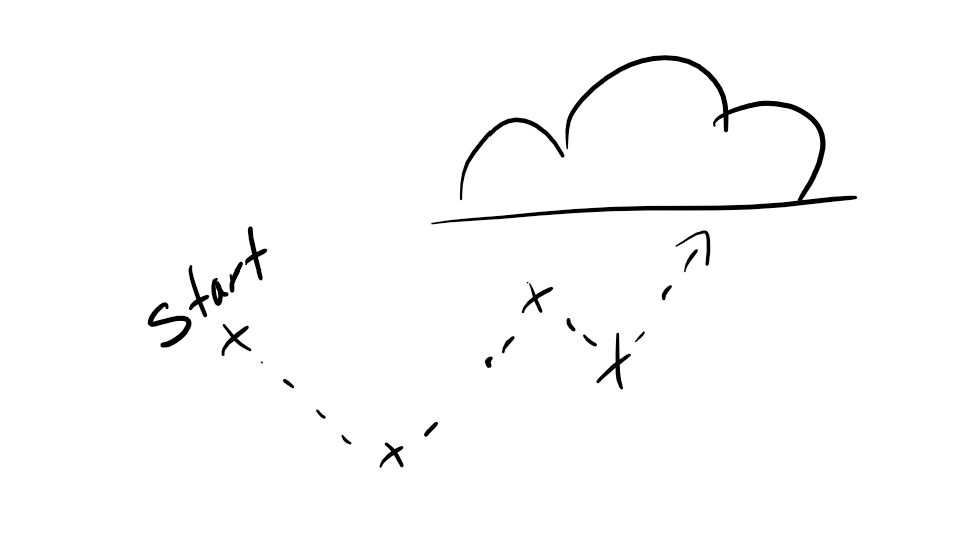Stop Pitching, Start Talking: Why Your Product Deserves Better Than a Slide Deck

TLTR ⚡; In this article, I share my pitching experiences from the past 20 years. I’m not just giving you insights into what I’ve learned, but also practical tips to help you understand why pitching as a “directional communication tool” isn’t the solution — and why it often creates more problems in product development.
Have you ever wondered why your finished product often has very little in common with the original pitch idea? For over two decades, I’ve seen seemingly “successful” pitches end up as disasters in execution. And it doesn’t matter whether we’re talking about big client or project pitches, or small internal ones — the end result rarely matches the pitch.
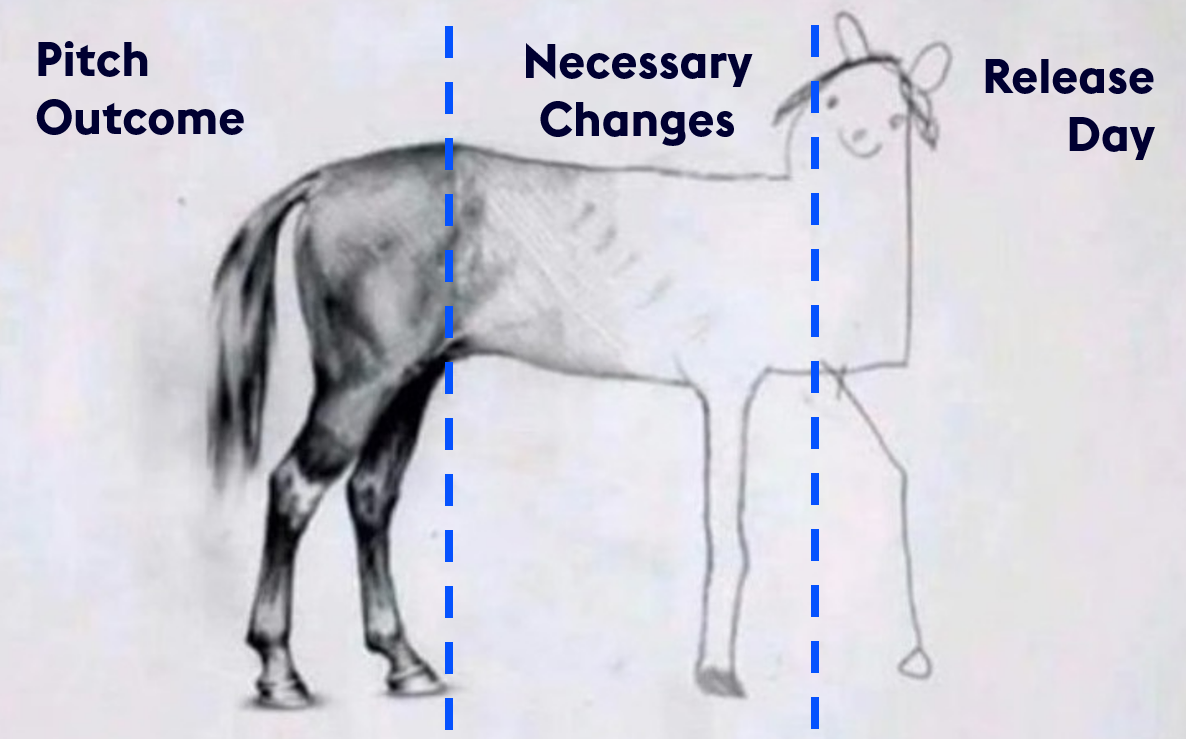
In my first 10 years, I thought pitches were a necessary evil and a fixed part of my work life. Sure, I noticed the end results barely resembled the pitched idea, but I never questioned it — I even convinced myself it was due to developers or external factors. After all, my team and I delivered meticulously planned concepts, so anyone could have executed them.
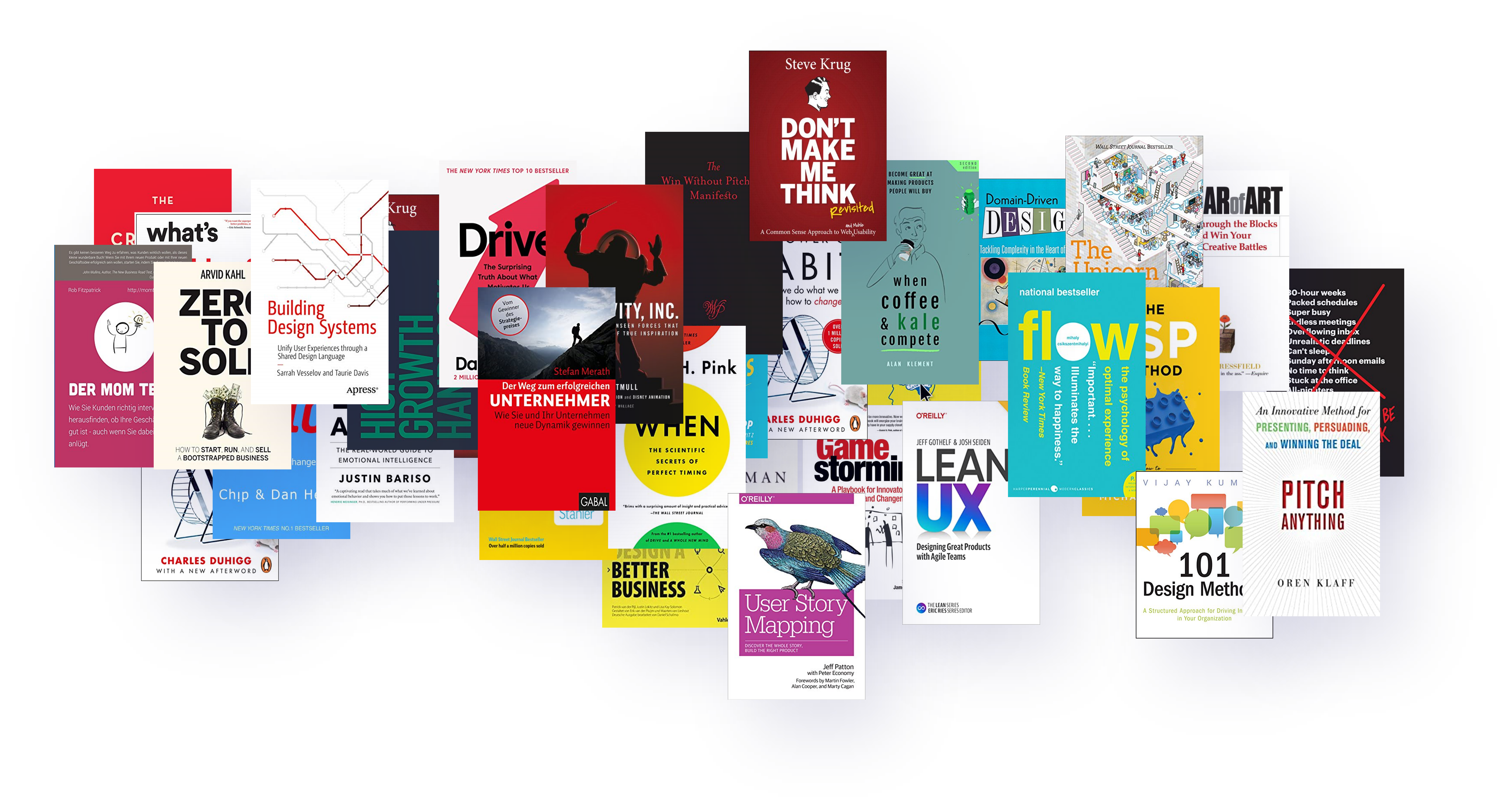
It wasn’t until years later, when I moved from “Art Director Digital & Concept” at Jung von Matt to “Design Manager,” that I began to see my own misconceptions — especially around leadership, process management, and handoffs. I’ve spent the last decade working on them.
The Pitch
Before going too deep, let’s define what a pitch actually is: a clear goal, a time limit, and defined roles. Usually, there’s the presenter and the decision-makers, who determine whether your idea moves forward. Your job is to convince them it’s worth progressing.

The pitch’s rigid structure is also its weakness. Each participant plays a role, and the social contract often pushes approval just to avoid delays — leading to one-way communication. In other words: “You’re holding the audience hostage until they agree with your pitch.”
Faustregel: “Everyone says yes — if you annoy them long enough.”
False Positive
Pitches often lead to “false positives” — the audience is convinced by flashy slides rather than real understanding, which causes repeated questions and vision drift later.
The Problem
In growing product organizations, departments become “islands” with their own rules and culture. Moving information between them is like ferrying cargo by boat — space is limited, so important details get left behind.

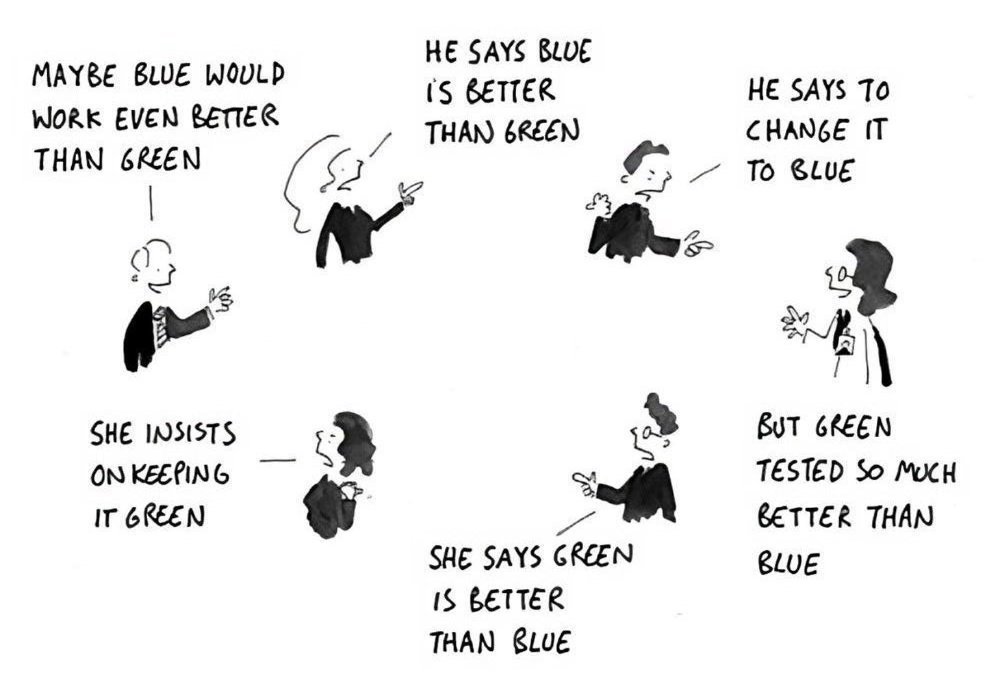
Rule of thumb: “With every handoff, you lose about 50% of the knowledge you intended to pass on! ?”
The Utopia
The perfect process is frictionless, with no knowledge loss. Every iteration builds speed toward continuous integration. Friction kills momentum — think The Flash ⚡ forced to pause every few seconds.
“Without a presentation, all that is left is communication [...]”
A Possible Solution
Aim for minimal friction, management trust, and team control over the 4 T’s (Time, Task, Team & Tools). Replace pitches with collaborative, bidirectional conversations.
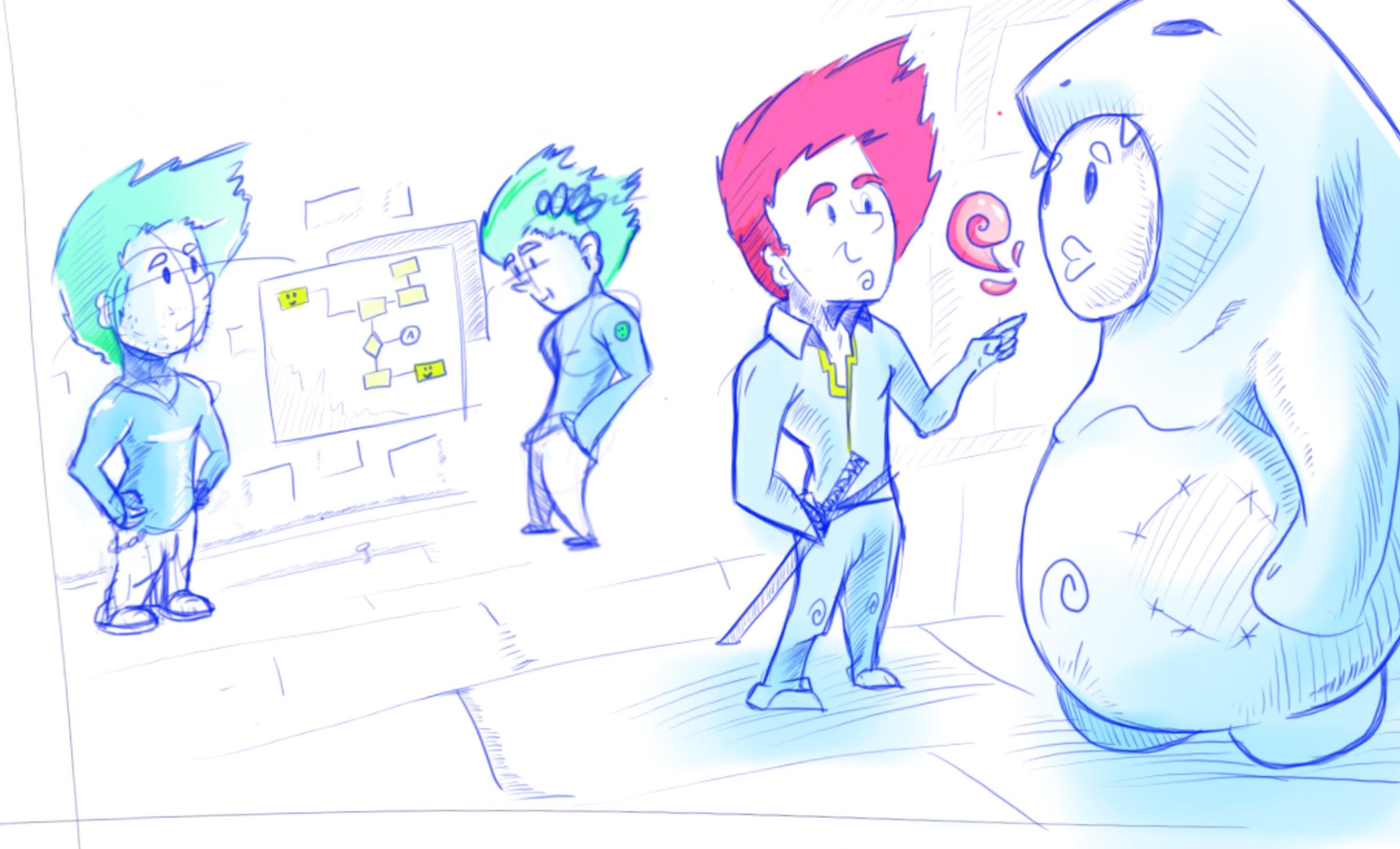
Experiment: for two weeks, turn pitches into co-created discussions, and set expectations to avoid confusion.
Bonus: Pitch ≠ Product Validation
Avoid pitching ideas to potential users during validation — it traps them in politeness. Use indirect questioning instead for real insights.
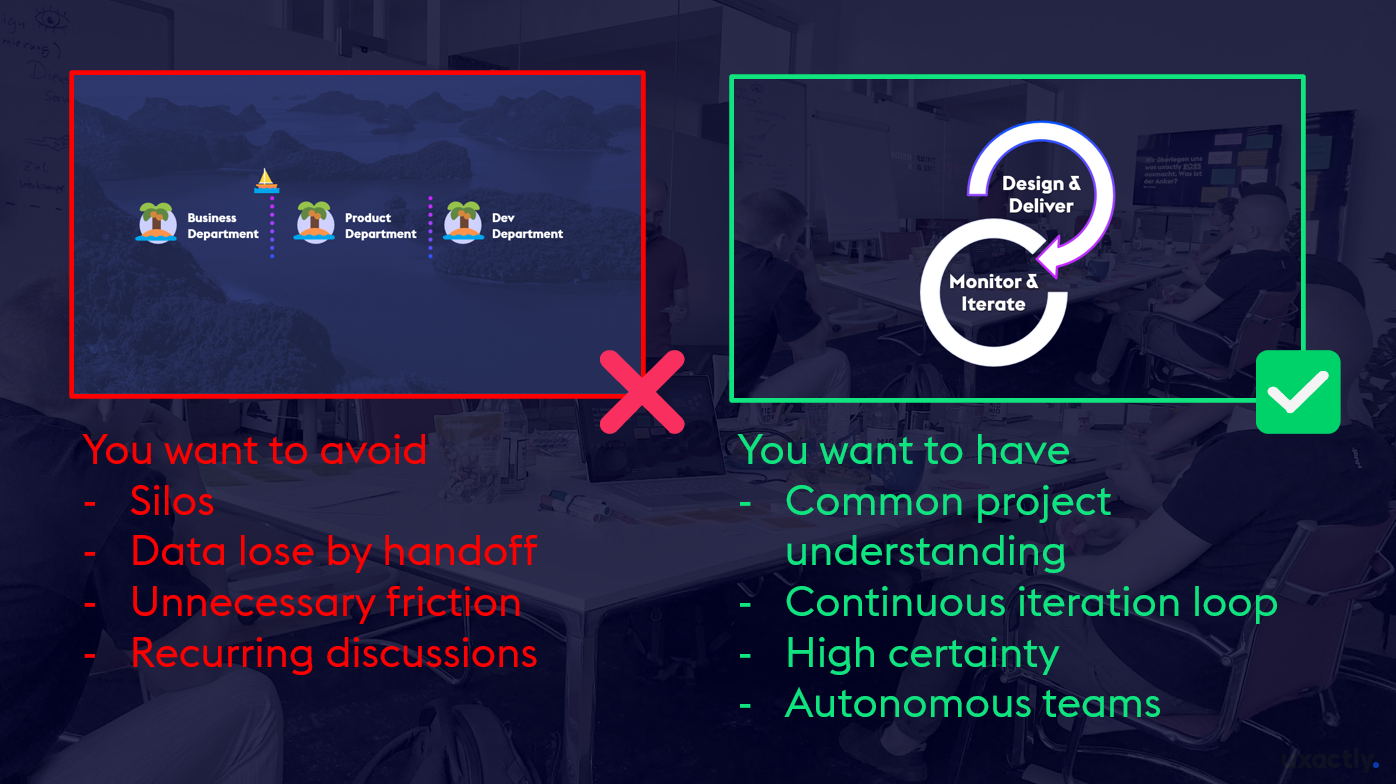
In Short
Pitches create friction, false positives, and repeated discussions. Replace them with workshops and open dialogue to improve outcomes and prevent wasted resources.
If you want to explore further, check out: The Mom Test, The Stop Pitching Manifesto, and Pitch Anything.

